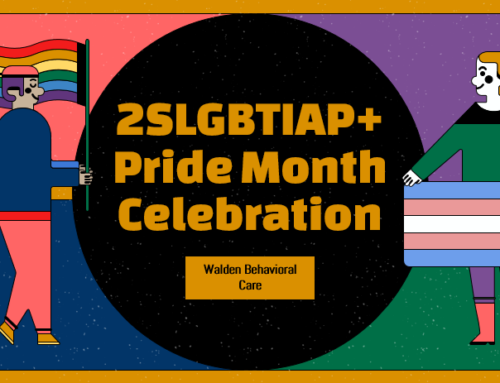What is sialadenosis or bulimia cheeks?
Bulimia nervosa can ravage the human body, and we often search for visible signs if we sense a loved one may be struggling. We look for weight changes, listen for negative body talk, and seek out physical signs to confirm our suspicions.
Bulimia or chipmunk cheeks can be a visible sign.
Sialadenosis, or “chipmunk cheeks,” can be a noticeable symptom of repeated bulimia behaviors of purging through vomiting. It happens when the salivary glands become irritated and swollen from the repeated exposure to stomach acid. The puffy appearance of the cheeks where the parotid glands are located is sometimes compared to those of a chipmunk with cheek pouches full of food.
Are bulimia cheeks always a sign of bulimia nervosa?
Sialadenosis are not always a sign of an eating disorder. Swollen glands can be the result of a quick onset of an infection. A trip to a healthcare provider can likely resolve this short-term issue due to an infection. Longer term issues, such as autoimmune disease, medication side effects, or poor oral hygiene may also be the root cause of swollen cheeks.
The key to interpreting sialadenosis or bulimia cheeks as a warning sign of bulimia nervosa is to consider the bigger picture. Are there other warning signs that may indicate the possibility of an eating disorder such as bulimia? You may want to consider if the swelling has been going on for some time and what other behaviors or physical signs may be present. Being aware of changes in appearance, behavior, and attitude can help to provide context in determining the cause of swollen cheeks.
How to treat bulimia cheeks
If the puffy appearance of bulimia cheeks is a result of purging behavior, then the way to treat sialadenosis to seek treatment for bulimia.
The key to helping someone you suspect is struggling with any eating disorder is to take a thoughtful approach to expressing concern. First, remember that all eating disorders, including bulimia, are progressive, so the sooner a person receives treatment for bulimia, the better their prognosis.
Second, consider your place in this person’s life. Are you close enough that you share personal things with one another? Do they value your opinion? If so, then your concerns may be well received if you stick to speaking about what you are observing and how you feel about what you are observing. If you are the person’s parent or guardian, you have the additional ability to arrange for a formal evaluation. If you are an acquaintance, your observations might broaden the overall picture that there is help available.
We’re here to help
If you or your loved one appears to have swollen cheeks, it may be worth addressing whether it’s related to bulimia.
We know finding care can be tough. That’s why Walden is here for you. If you are concerned that you, or a loved one, may have bulimia, please reach out by completing the form on this page or email us at intake_coordinators@waldenbehavioralcare.com.
Stephanie Haines, M.Ed., CHES (she/her/hers) has been providing school communities with specialized addiction prevention education since 1999 and has taught students of all ages in most U.S. states and more than 25 countries across five continents. After completing her graduate work at Plymouth State University’s Eating Disorders Institute in 2013, Stephanie joined Walden Behavioral Care as their Prevention Education Specialist, creating an eating disorders prevention curriculum designed for use in school communities.








